Spinal Neurinoma — Surgical treatment in the Best Hospitals of Germany
Treatment prices are regulated by national law of the corresponding countries, but can also include additional hospital coefficients. In order to receive the individual cost calculation, please send us the request and medical records.
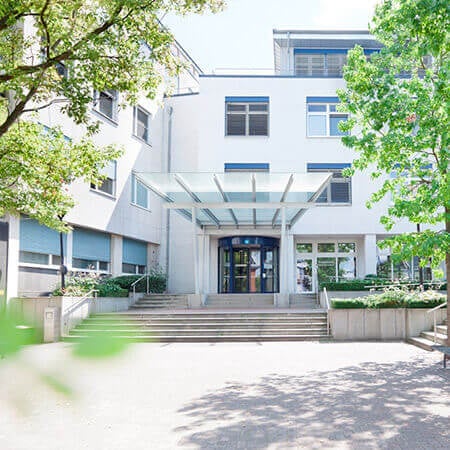
Department of Spinal Surgery
The Department of Spinal Surgery annually treats more than 690 patients with spinal neurinoma. The specialists remove the tumor endoscopically with the best possible preservation of healthy nerve tissue. The surgery involves the use of a three-dimensional O-Arm x-ray system that provides additional protection for the spinal cord. The department is headed by Dr. med. A Bitter, who specializes in microsurgical spinal interventions.
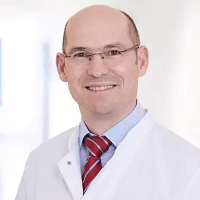
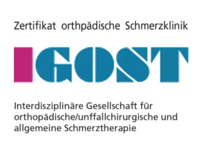
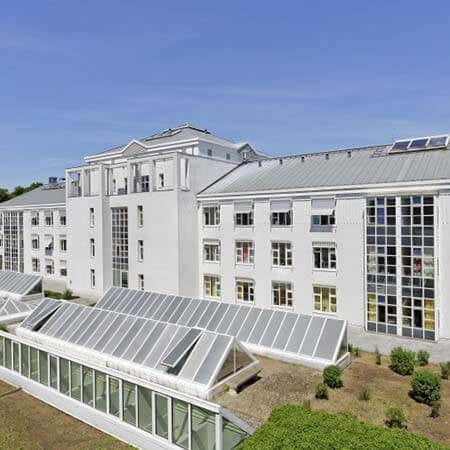
Department of Spinal Surgery
The Department of Spinal Surgery at the Vivantes Auguste-Victoria Hospital all diseases of the spine - both conservatively and operatively. Patients with herniated intervertebral discs, displacement of vertebrae, stenosis of the spinal canal or back pain are treated here. In addition, specialists of the department have a unique experience in the field of complex reconstructive and revision surgeries, which are conducted to continue or correct the previous surgical treatment.
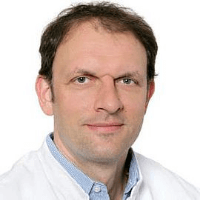
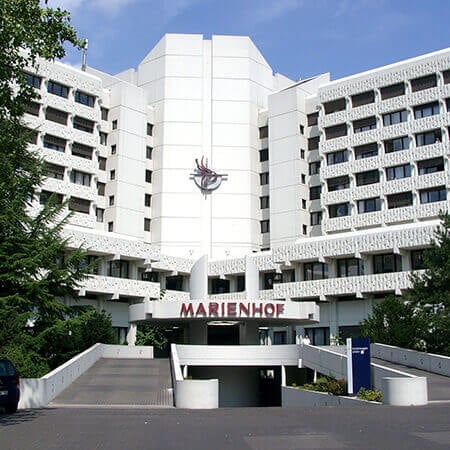
Department of Spinal Surgery
The Department of Spinal Surgery offers the full range of effective treatment methods in the area of its specialization. A highly qualified team of doctors is at the service of the department's patients, who have in their arsenal advanced conservative and surgical treatment methods for pathological changes in the spine. Spinal surgical procedures are performed in modern operating rooms, the technical equipment of which allows spinal surgeons to perfectly perform both major open surgery and sparing interventions: minimally invasive, endoscopic, and microsurgical. Surgical treatment is complemented by a carefully planned course of physiotherapy. This includes procedures such as therapeutic exercises, manual therapy, massage, osteopathic treatment, etc. The department's team of doctors consists of 10 highly qualified specialists who, together with experienced nursing staff, admit more than 1,300 inpatients annually. The medical facility is certified by the German Society for Spine Surgery (DWG) as a level II specialized center. The department's medical team makes every effort to provide each patient with optimal treatment in a pleasant and friendly atmosphere.
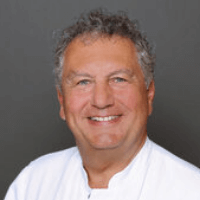
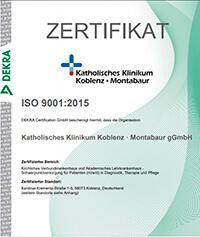
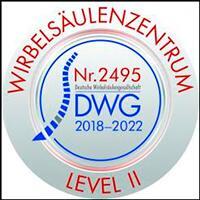
Spinal neurinomas are rare benign tumors that grow slowly and rarely recur after their total removal. The main method of treatment for these neoplasms is surgical resection. You can seek medical attention from one of the hospitals in Germany to undergo your spinal cord surgery. The country offers modern Neurosurgery Centers equipped with the latest technology for treating spinal cord and brain diseases. You are welcome to use the Booking Health service to find out the cost of treatment in Germany and choose a treatment program at the best price.
Content
- What is a spinal neurinoma?
- Who may need surgical treatment for spinal neurinomas?
- How is surgery for spinal neurinomas performed?
- Results of surgery for spinal neurinomas
- Why to undergo your spinal neurinoma treatment in Germany?
What is a spinal neurinoma?
Spinal tumors are classified into the following two groups according to their location relative to the dura mater: extradural and intradural. Intradural neoplasms are located inside the dural sac. In turn, these types of spinal cord tumors are further classified as intramedullary and extramedullary. The intramedullary ones grow inside the spinal cord, and the extramedullary ones grow outside it.
Neurinomas are among the most common intradural extramedullary tumors. They account for up to 30% of neoplasms in this group. Neurinomas (schwannomas) do not grow from the spinal cord itself but from the spinal nerve sheaths.
Who may need surgical treatment for spinal neurinomas?
Almost all neurinomas found in the spinal cord are benign tumors. They grow slowly and do not spread any metastases. Therefore, patients who do not have any symptoms do not require treatment. Dynamic monitoring is sufficient for such patients.
Surgical treatment may be indicated in the following cases:
- a spinal neuroma causes symptoms by compressing the nerve roots;
- the size of the neoplasms rapidly increases during dynamic monitoring.
Spinal neurinomas are more severe in patients with a hereditary disease, namely type 2 neurofibromatosis. Such tumors can be multiple and grow faster. They are larger, and the symptoms are more severe. Such neoplasms often invade the nerve roots, which complicates treatment and increases the risk of developing a neurological deficit. They recur more often, so it is better to remove such spinal neurinomas completely, even if total resection may worsen the patient's neurological status.
How is surgery for spinal neurinomas performed?
Doctors in Germany use different surgical approaches depending on the location and size of the neurinoma.
Whenever possible, surgeons in Germany try to perform a laminectomy or a hemilaminectomy. Doctors approach the spinal cord by removing one or two vertebral arches. German neurosurgeons tend to use only a hemilaminectomy, since in this case the trauma of the intervention is much lower and the stability of the spine is preserved.
If the tumor grows from the anterior (motor, ventral) spinal nerve root, a partial facetectomy (removal of part of the intervertebral joint) is required to approach it.
After the formation of an approach, doctors must determine the boundaries of the tumor and remove it completely. If only partially removed, a good treatment result can also be achieved, but the risk of neuroma recurrence is higher. Intraoperative diagnostics help doctors determine the boundaries of the neoplasm. The Departments of Neurosurgery abroad use neurophysiological monitoring during surgery to safely remove neurinomas.
In modern neurosurgery, doctors use not only mechanical instruments but also various energies, such as lasers or ultrasound. Hard-to-reach neurinomas can be removed with their partial destruction by ultrasound, followed by aspiration of the resulting fluid.
In 20% of patients, the tumor invades the intervertebral foramen, taking the form of a dumbbell or an hourglass. Such neurinomas are more difficult to remove. There are nine types of such tumors depending on their location, and in each case, a special approach is required to remove the tumor safely, completely, and with the least trauma. Sometimes it may be necessary to remove a facet joint or even the whole vertebra to resect a neurinoma, for example, if it is located in the lower part of the cervical spine.
Results of surgery for spinal neurinomas
If you choose to undergo your treatment in one of the German hospitals, you can expect good results. As a rule, the neurinoma can be removed completely. The risk of recurrence on long-term follow-up is about 5%. However, this risk is higher with dumbbell tumors, reaching about 10%.
Doctors at the Neurosurgery Centers in Germany strive to remove the neurinoma completely, but not at any cost. If the operation becomes too traumatic and risky, threatening to lead to a neurological deficit, doctors in Germany perform a subtotal resection, which means that they will remove most of the tumor. Following this, many patients will not require any additional treatment, as the remaining fragment of the spinal neurinoma does not grow at all or grows very slowly, without causing any symptoms for decades. If it starts to grow, radiation therapy can be used to treat the neoplasm.
Patients usually do not have any postoperative neurological deficits. Doctors try to preserve the spinal roots if possible. However, even if the spinal root is completely removed, this root usually loses its function at the time of the operation, and other nerves take over. Doctors in German hospitals assess the function of the affected spinal root using intraoperative stimulation before removing it to minimize the risk of developing a neurological deficit. If the nerve has lost its function, it will be removed, but if it still functions, surgeons make attempts to preserve it.
Surgical outcomes may be worse in patients with neurofibromatosis type 2 because neurinomas are multiple, large, and, in 30% of cases, malignant. However, even in this group of patients, German doctors manage to perform a total resection in 75% of cases, achieving a cure for the disease with a minimal risk of recurrence or spinal instability.
Why to undergo your spinal neurinoma treatment in Germany?
Germany is a country where the healthcare system is well-funded. If you choose German hospitals for your treatment, you will receive top-class medical care. There are a few reasons for you to undergo your treatment of neurinomas at one of the Neurosurgery Centers in Germany. These are the following:
- high level of training for neurosurgeons;
- the use of new technologies in medicine, such as intraoperative ultrasound and neuromonitoring, powerful operating microscopes, and ultrasound destruction and aspiration of tumors;
- doctors mostly manage to perform a total tumor resection, which reduces the risk of recurrence;
- doctors in Germany use minimally traumatic approaches, and posterior root tumors are removed with a hemilaminectomy (removal of one vertebral arch) if possible;
- preservation of spinal stability after surgery;
- if it is necessary to resect a significant amount of bone tissue, German hospitals perform spine stabilization with a dynamic system to maintain its mobility;
- the spinal nerve root is preserved during the treatment of the disease whenever possible to minimize the risk of developing neurological disorders.
You can find out the cost of treatment in Germany on the Booking Health website. Our website offers the best hospitals in Germany that admit foreign patients. When you make your treatment appointment through Booking Health, the cost of treatment in Germany will be lower than when you contact the hospital directly. The price for your treatment will be reduced due to the lack of taxes for foreign patients.
Authors:
The article was edited by medical experts, board-certified doctors Dr. Nadezhda Ivanisova and Dr. Vadim Zhiliuk. For the treatment of the conditions referred to in the article, you must consult a doctor; the information in the article is not intended for self-medication!
Sources:

